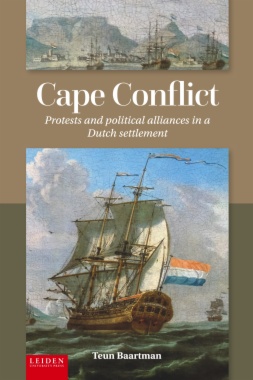In contemporary China, people diagnosed with serious mental illnesses have long been placed under the guardianship of close relatives who decide on their hospitalization and treatment. Despite attempts at reforms to ensure patient rights, the 2013 Mental Health Law reinforced the family’s rights and responsibilities. In Between Families and Institutions, Zhiying Ma examines how ideological, institutional, and technological processes shape families’ complicated involvement in psychiatric care. Drawing on extensive ethnographic fieldwork in psychiatric hospitals, community mental health teams, social work centers, and family support groups as well as interviews with policymakers and activists, Ma maps the workings of what she calls “biopolitical paternalism”—a mode of governance that sees vulnerable individuals as sources of risk, frames risk management as the state’s paternalistic intervention, and shifts responsibilities for care and management onto families. Ma outlines the ethical tensions, intimate vulnerabilities in households, and health disparities across the population that biopolitical paternalism produces. By exploring these implications, Ma demonstrates the myriad ways biopower enables, inhibits, and transforms medical care in China.
- Cover
- Contents
- Acknowledgments����������������������
- Introduction
- 1. Constructing Families, Contesting Paternalisms
- 2. Hospitalization, Risks, and Familial Commitments
- 3. Kinship and its Limits Amid Serious Mental Illness
- 4. Biopolitical Paternalism and its Maternal Supplements in Community Mental Health
- 5. Determining Risks and Responsibilities Under the Mental Health Law
- 6. Suffering, Sociality, and Citizenship Among Family Caregivers
- Conclusion
- Notes������������
- References�����������������
- Index������������
- A
- B
- C
- D
- E
- F
- G
- H
- I
- J
- K
- L
- M
- N
- O
- P
- Q
- R
- S
- T
- U
- V
- W
- X
- Y
- Z

